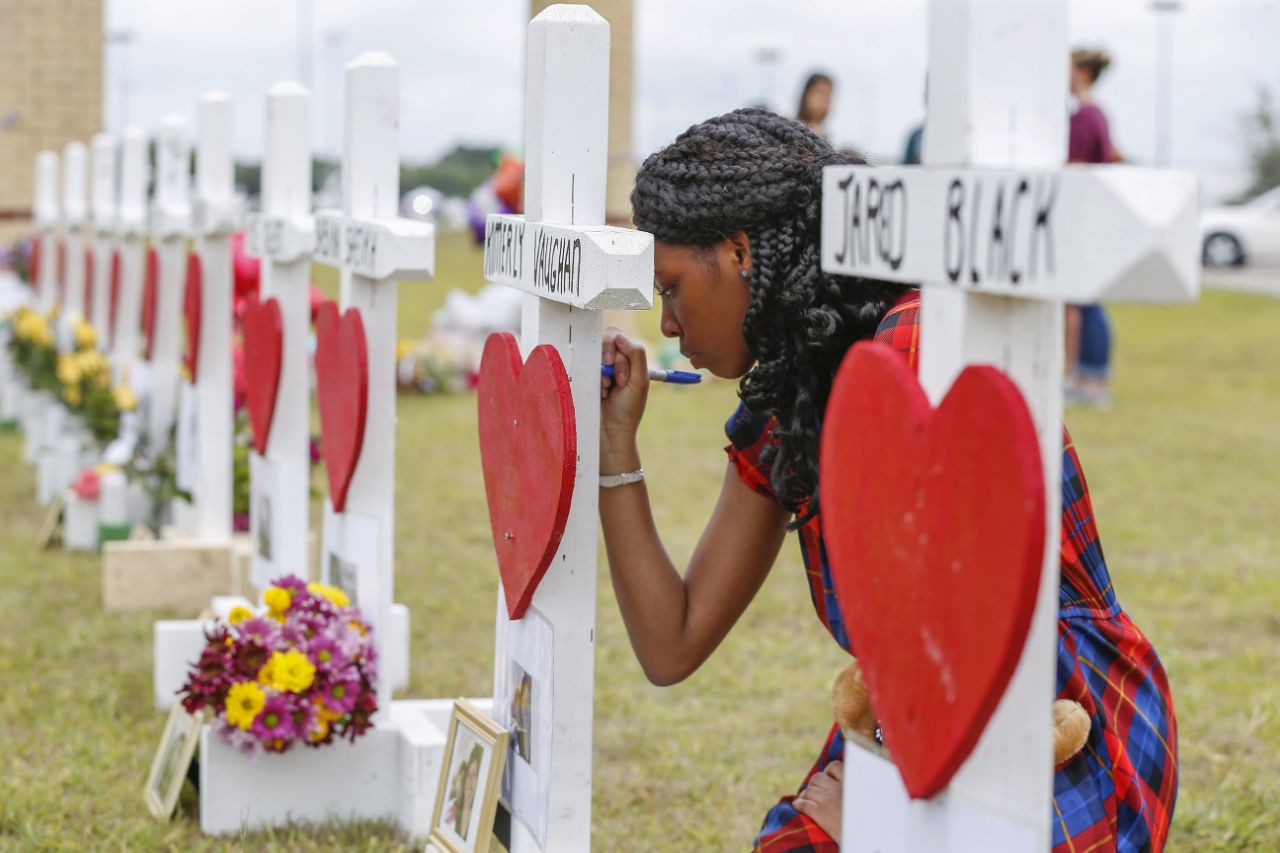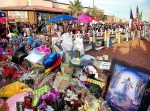After the Parkland shooting at Stoneman Douglas High School that killed 17 people and left 17 injured, young students are registering to vote in record numbers. Parkland survivors, such as Emma Gonzalez and David Hogg, have become the faces of the gun control movement, starting the March for Our Lives a month after their tragic experience.
They hope to encourage others to vote for members of Congress that support gun control and common sense measures, such as universal background checks and eliminating the use of bump stocks, to ultimately reduce the number of children targeted.
Last Friday, there was another school shooting in Santa Fe, Texas, which caused 10 casualties and 10 people injured. Before the shooting, students of Santa Fe High School protested in support with Parkland survivors sharing their view.
Knowing that, Emma Gonzalez tweeted after the shooting, “Santa Fe High, you didn’t deserve this. You deserve peace all your lives, not just after a tombstone saying that is put over you. You deserve more than Thoughts and Prayers, and after supporting us by walking out we will be there to support you by raising up your voices.”
As a survivor of the shooting, Gonzalez understood their pain from losing loved ones and came to their aid so their voice would be magnified.

The movement that young people started after Parkland has created single-issue voters who support politicians who represent their view of preventing gun violence in the future. They have registered to vote in order to make a difference in the turnout of adults under the age of 25, and in doing so, their gun-violence prevention movement is attempting to shift the tide.
In Broward County, where the Parkland shooting took place, 1,575 voters aged 25 and under registered to vote following the massacre. The increase in voter registration came largely as a result of the March for Our Lives protest that occurred a month after the Parkland shooting, as well as the march on April 20, the 19th anniversary of Columbine.
In addition, in Pennsylvania, the percentage of young voters rose to almost 50 percent during March and April, when the original population of young people registered was below 40 percent.
Christine Matthews, a Republican pollster, commented on how young voters are mobilizing after Parkland, saying, “The bravery and activism of the Parkland kids ignited their peers across the country, and these newly minted 18-year-old voters are already motivated. The school shooting in Texas surely adds to their resolve but, honestly, they didn’t need any more motivation.”
Even though there have been shootings in the past that have fueled disappointment and anger with people across the U.S., the Parkland shooting was the first of its kind to mobilize voters to take to the polls to voice their opinions, something that many of the previous shootings never led to.
While some are optimistic about the impact Parkland might play in the November primaries and elections, others believe the voting pool will not change. Bill McInturff, a Republican pollster, told the New York Times, “Bottom line is that so far we are not seeing any higher level of self-described interest in the election among voters 18 to 34 years old than in past off-year elections.”
People like McInturff believe that despite the movement that young people created to rise against politicians funded by the NRA, the actions will eventually subside before elections arrive this summer or later this year.
According to The New York Times, “If voters in their teens and 20s vote in greater numbers than usual, as many promised during nationwide marches for gun control this spring, the groundswell could affect close races in key states like Arizona and Florida, where there will be competitive races for governor, the Senate and a number of House districts in November.”
In order for young people to affect primaries and elections in the future, more people have to vote for members in Congress consistently throughout the U.S., regardless of the funding that candidates receive from the NRA.

















